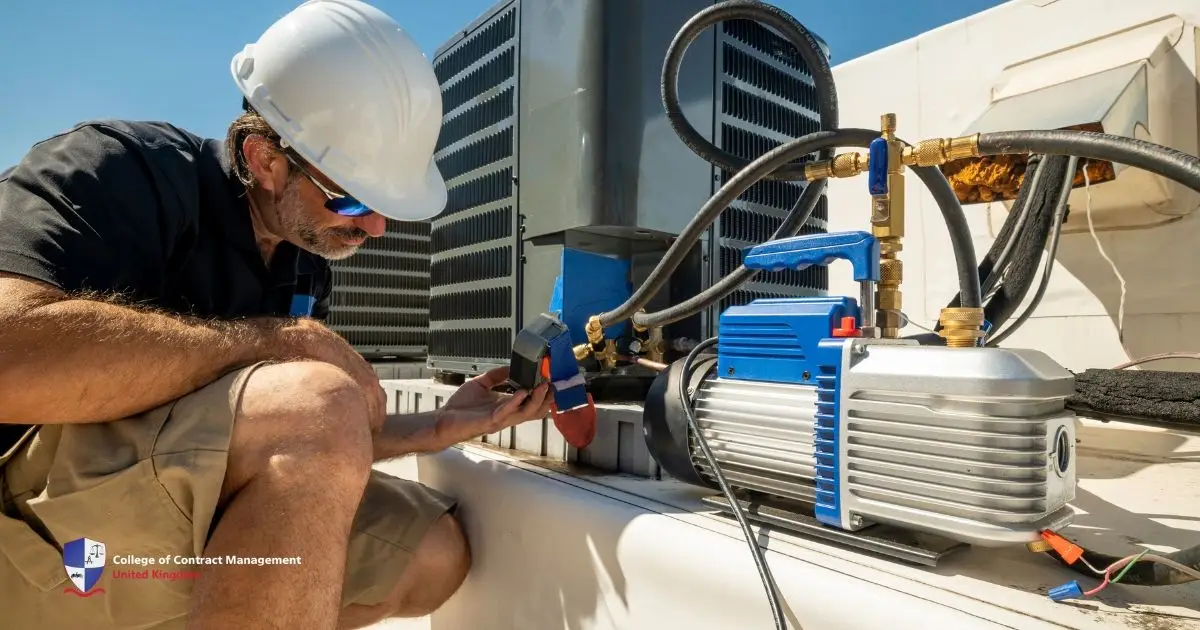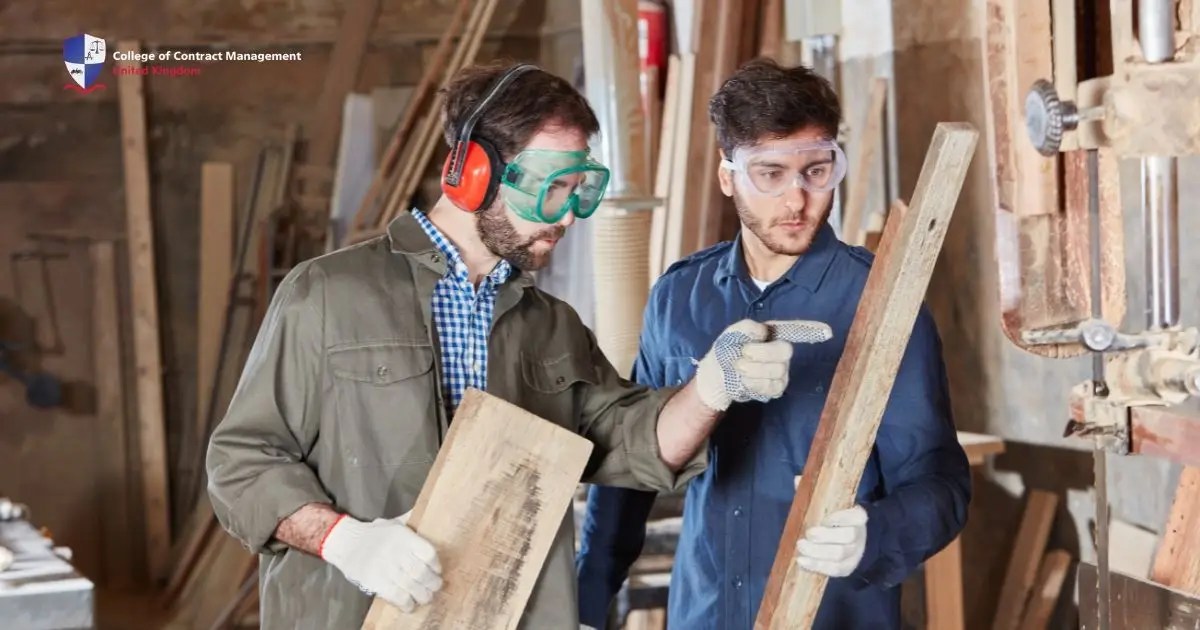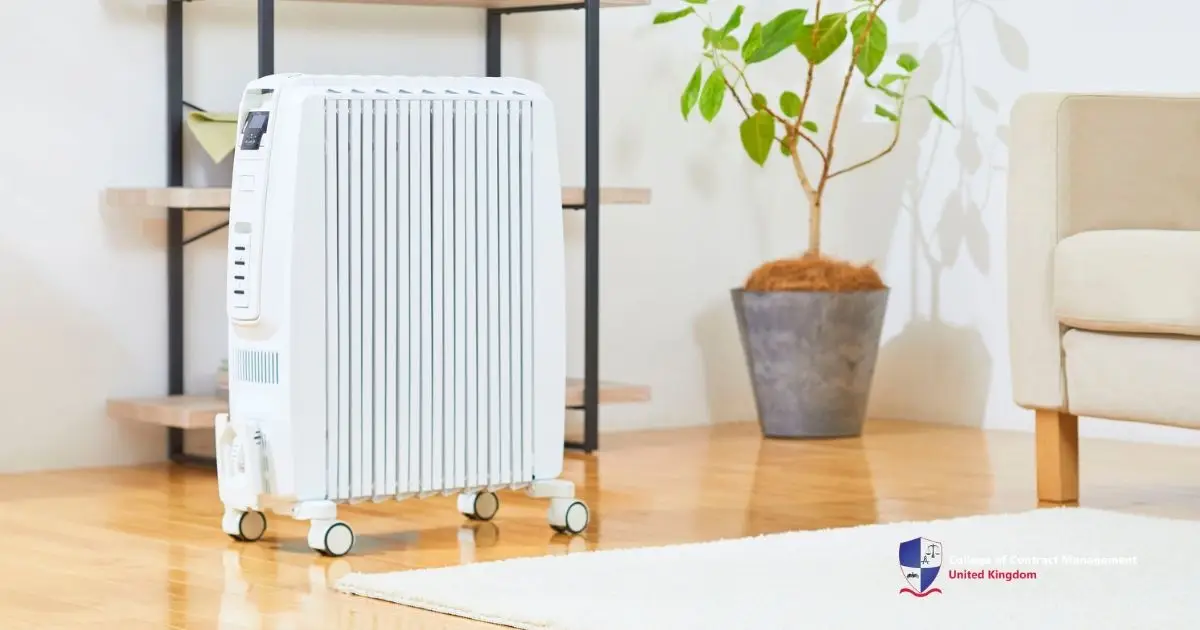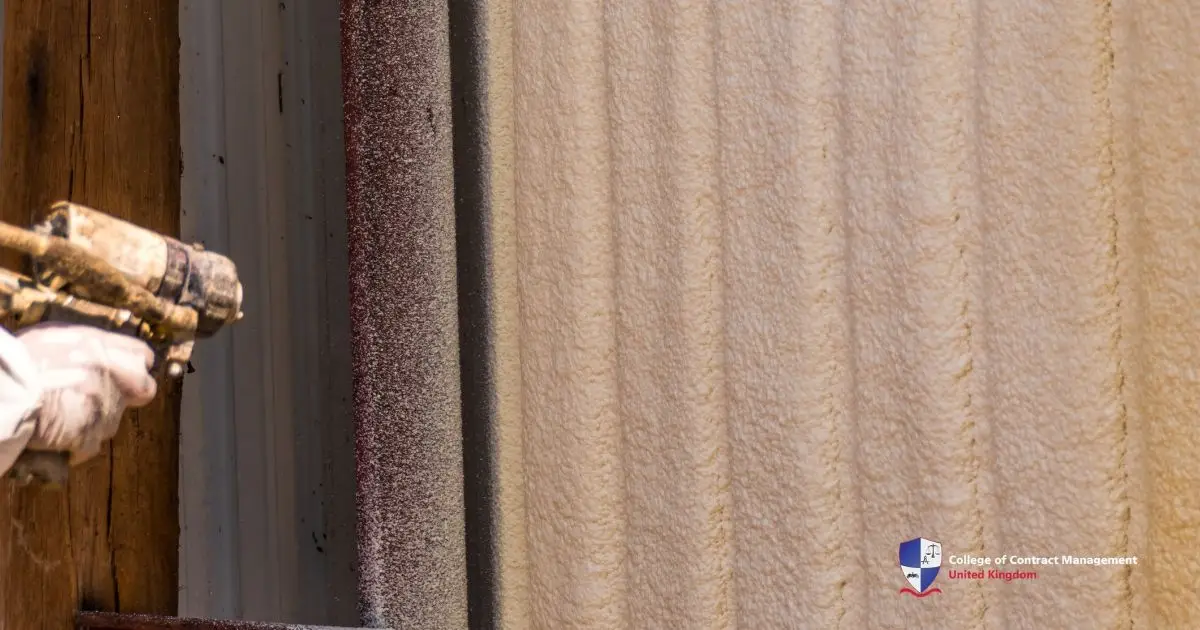You have most likely found this acronym online or even on the side of a truck, and you might be wondering to yourself what it means. HVAC is short for heating, ventilation and air conditioning. These are systems used to manage your indoor heating, cooling, and air quality inside your house. All of this is to ensure a comfortable living for you and your family.
Most of us don't know how exactly these systems work. It's mostly a mystery even for people who have already installed these systems in their houses. Therefore, most people will trust their professional who will install these systems without learning more about them. Having a better understanding of the system can help you avoid any problems and make a smarter choice. In this guide, we are going to break down everything so you can feel confident about how it all works.
How HVAC work?
An HVAC system works by moving heat in or out of a space and moving air to regulate the temperature and air quality inside the house. Overall, it needs a closed-loop cooling cycle. For example, low-pressure coolant absorbs the heat taken out of the rooms. The coolant absorbs the heat in the coil, then the compressor will pressurise the gas, raising its temperature before it releases heat outdoors through the condenser coil.
Ventilation is provided by a fan that pulls and pushes air through a filter and pushes conditioned air through supply ducts into the living spaces. This airflow removes any stale air in the living area. At the same time, it distributes cooled or warmed air evenly through the house, helping control humidity and remove particulates.
After that, control is achieved via a thermostat control board, which controls the cycling of the compressors, fans and heater to maintain the set temperature. Modern HVAC can include variable-speed compressors and smart controls for greater efficiency, safety and comfort. As a result, it has an amazing reduction in energy use by up to 20% compared with older units.
The different types of HVAC
Now that you know more about how the system works in general, the heating and cooling systems. We are going to delve deeper into the different types of HVAC systems and which one you want to have in your house. We will give you the key details on how they work to give you home comfort when you need it most, throughout the seasons.
A complete HVAC system consists of a number of different components or individual units that work as a whole. Some combinations are more popular for home use than others. Meanwhile, certain setups are preferred by most homeowners. Overall, the best system for you depends on your needs and wants. Now, let’s take a closer look at the different types of systems available.
Air conditioner (AC) and furnace
The pairing of an AC unit and furnace gives one of the most common systems. It is one that most people would choose when installing an HVAC. In this system, the furnace is used to heat your home while the air conditioner is used to cool it down. The furnace uses either gas or coal to generate heat. It is then sent through your home using the ductwork. When this system works, it circulates air at the chosen temperature.
On the other hand, the AC unit uses a compressor that pumps cooling liquid to a coil located near the furnace. Then, the refrigerant absorbs the heat inside your home, which is released through the outdoor coil. As a result, it can be released outside your home.
Heat pump and air handler
A heat pump and air handler is another quite common combination to create an HVAC system. This whole process is much more efficient and good for the environment as it doesn't use any fossil fuel. The heat pump can both cool your home in the summer and warm your home in the winter using a heat exchanger in the pump.
The indoor coil in the air handler works in conjunction with the outdoor unit to absorb heat in the summer, as well as deliver heat in the winter. The blower in the air handler circulates this cool or warm air throughout the vents in your home. However, the heat pump absorbs heat from the outside and transfers it to the inside. It is not generating heat so much as transferring it from one place to another.
Why is it important?
HVAC systems help to maintain a comfortable indoor environment by regulating temperature, humidity, and air quality. This helps to inhibit mould and bacteria growth, supporting the home resident's health. Furthermore, they exchange stale indoor air with fresh outdoor air via ventilation. This way reduces particulate matter, so it controls the amount of VOCs and microbial contaminants. They also control humidity to maintain comfort.
Having a well-designed and properly maintained HVAC system optimises energy consumption. This is done through high-efficiency equipment and smart controls. In the end, it leads to lower utility bills and reduced environmental impact. Regular maintenance can lead to additional costs, although it can extend the lifespan, minimise costs over time and ensure consistent performance over time. Upgrading the filter and performing routine inspections can further enhance system efficiency and indoor comfort.
Components of an HVAC System
There are a lot of pieces to the puzzle when it comes to HVAC. This is why you need to have at least a basic understanding of each component. By knowing this, you can identify which part needs repairs without needing to call a professional to do it. Here is the list of parts in this system:
- Condensers: Their job is to condense gas into liquid and to provide heat exchange.
- Evaporator Coil: Drawing heat from the home and then directing the heat to the condenser.
- Refrigerant Lines: Refrigerant lines are the tubing that carries the refrigerant through the system.
- Thermostat: The thermostat is an electrical device inside the home that senses ambient air temperature and then regulates the HVAC.
- Vents: Openings that allow air to flow into or out of a space, helping regulate ventilation and airflow.
Conclusion
Modern HVAC systems integrate heating, ventilation and AC components, even furnaces or heat pumps. These are used to move and cool or heat the air year-round. All of this is to ensure a comfortable and healthy living place. By cycling refrigerants in a closed loop and controlling airflow, they regulate temperature, humidity, and pollutant levels efficiently. Proper design and regular maintenance ensure optimal performance, energy savings, and extended equipment lifespan.
If you're looking to advance your career in construction, enrolling at the College of Contract Management is a great investment. They offer trustworthy resources and professional development courses, both of which are effective in crafting your future. Besides, the College offers programmes that can help your career growth. So, leap and invest your future today with CCM!





